Mitsubishi Chemical Kai’li Blue Shaft
As we’ve seen for many years, Mitsubishi Chemical seeks to expand it’s diverse shaft portfolio with products that fit nearly any type of golf swing. We’ve had a chance to test out the Kai’li Blue – the sibling to the low launch, low spin White. The Kai’li blends in new modern materials and manufacturing techniques to the familiar “Blueboard” profile.
The Looks
First off, let’s talk about the name. What the heck does “Kai’li” mean? Ocean Energy! Branding certainly comes into play here, and I think it’s fun. It puts a backstory in there, and it also lets them be a bit extra creative when it comes to graphics. For the Mitsubishi Chemical Kai’li Blue, you’re going to have a deep, glossy black extending up about 2/3 from the clubhead. Is that meant to be the depths of the ocean? Could be! And honestly, I think a lot of us like the solid, non-distracting color when looking down at our woods.
Closer to the handle, you bet a bursting blue wave, swirling right into your hands. Giving you the energy stored within, naturally! There’s a splash of white cursive announcing the “Kai’li” to add a bit of contrast. My opinion: it’s sharp but subtle, and pairs nice with my glossy black Mavrik clubhead.
Sidenote, the setting for the pics here was not any vast, coastal ocean, but something better – Lake Superior, the feisty and most powerful lake of them all!
How Does it Feel?
OK, this one took a while to figure out for me. I have not played a “Blue” profile in years. This year, the Tensei 1K Pro Orange has had a ton of time in my bag, which is a wildly different profile. My initial thoughts of the Mitsubishi Chemical Kai’li Blue is that it’s an extremely lively and active golf shaft. This has a bit of wiggle to it at address. I generally play a 60g x-stiff shafts in my driver, not because I have crazy high swing speed, but that I have difficulty timing a whippier shaft. Note: that previous statement is entirely the subjective opinion of a very average ~7 handicap golfer who’s lucky enough to test a lot of gear. That’s just how it usually works for me! So saying that, I’m happy I went “X” instead of “S” with the Kai’li Blue.
For comments about feel at impact, read on. I made a few adjustments to my swing, and I noticed this shaft go from a pretty strong kick into something I’d describe as active but still really smooth. Perhaps it’s Mitsubishi Chemical’s Super Low Resin Content Prepreg manufacturing influencing that sensation? Either way I like it! It’s just quite a different action from what I’m used to.
On-Course Performance
| Club Speed | Ball Speed | Launch Angle | Spin | Carry (Yds) | Total (Yds) |
|---|---|---|---|---|---|
| 107.9 | 161.9 | 13.6º | 2485 | 266.8 | 274.5 |
I initially had a hard time getting any height out of the Mitsubishi Chemical Kai’li Blue. I was just not hitting my normal trajectory window, it was very low. To my eye, it was also creating too much spin. I mean, you could literally see the ball rise, then fall straight out of the air, often shorter than my gamer shaft. It was kicking pretty hard at impact as well, like my timing was slightly off. I knew there was more to it than what I was getting out of it, so I kept at it…
The trick came when I started coming into the ball a bit more neutral. The flight and results then changed pretty dramatically. Launch was in a much more optimal (higher) window and it no longer had that rising spin action that killed my distance. And that was that. The Kai’li Blue was now sailing golf balls to the end of the driving range, bouncing off the netting, and I started getting stares from folks next to me. More than normal, that is… Another thing I noticed was that when I shallowed out a bit, the shaft started to feel softer and smoother, rather than a hard kick. Much more pleasing, for sure.
The intent from Mitsubishi Chemical was to give the player a touch higher launch, but not bump up torque. I think they got it right. High torque shafts are nearly unplayable for me. I spray them all over the place. With innovative new materials like the MR70 reinforcement in the tip, I’m finding this to be a very straight hitting golf shaft. I’m still dialing in the trajectory going high or low (in contrast to the 1K Orange, which I can push/pull a bit, but always on the same traj) but taking the severe slice or hook out of the conversation is a big deal.
Final Thoughts – Mitsubishi Chemical Kai’li Blue Shaft
The Kai’li Blue will play an important role in Mitsubishi Chemical’s shaft lineup. Not every strong player needs or wants a low/low profile, so updating the classic “Blue” mid launch/mid spin with some modern materials and manufacturing techniques does well. I found it to be a straight hitter with good distance, once you dial it in. I know we all aspire to have that in our bag. Add to that, it’s got a classy but subtle style to it and creates a fun story!

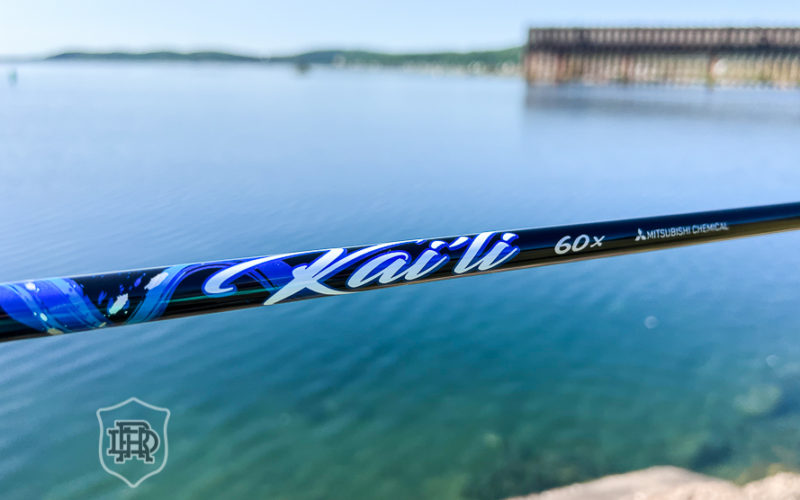
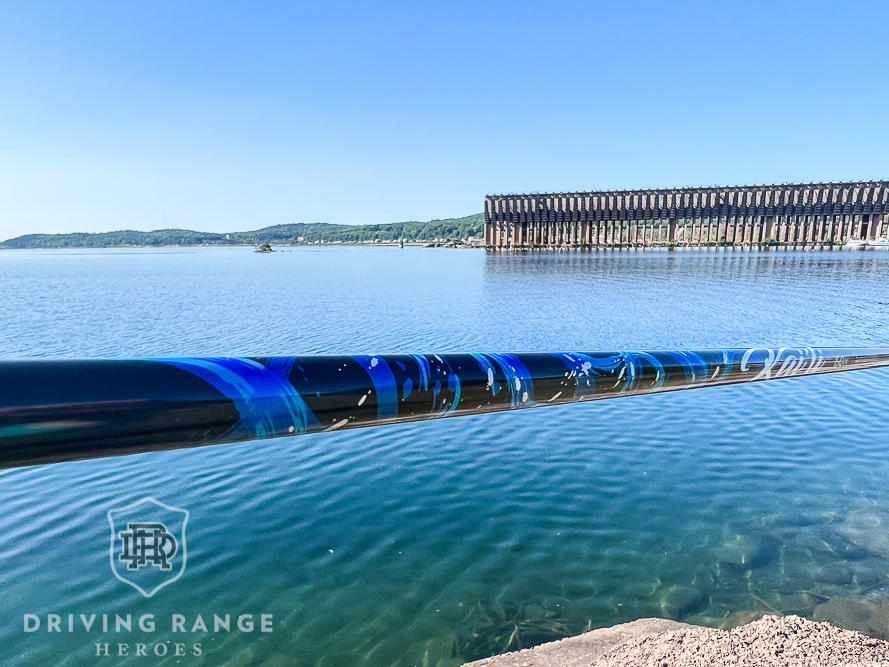
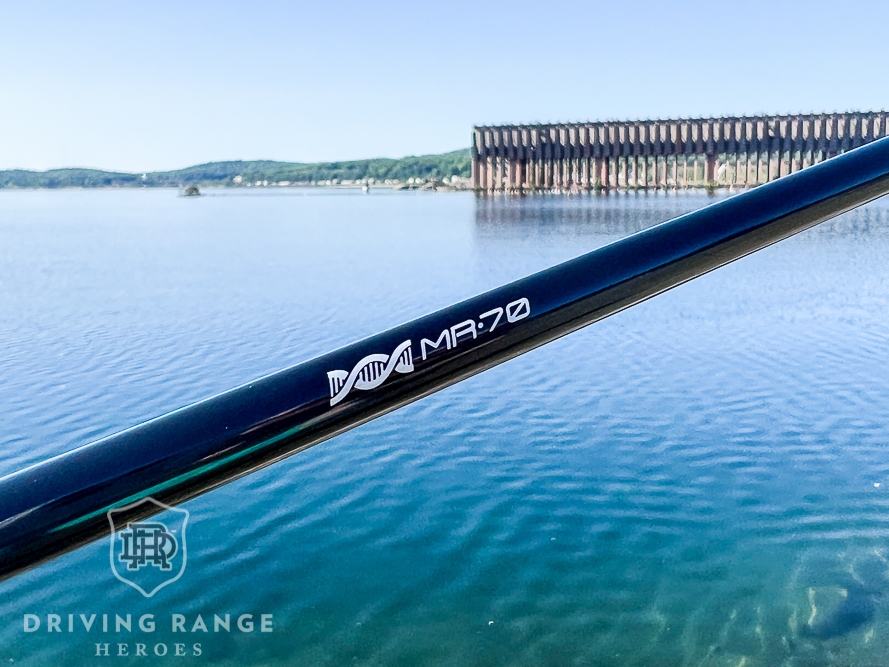
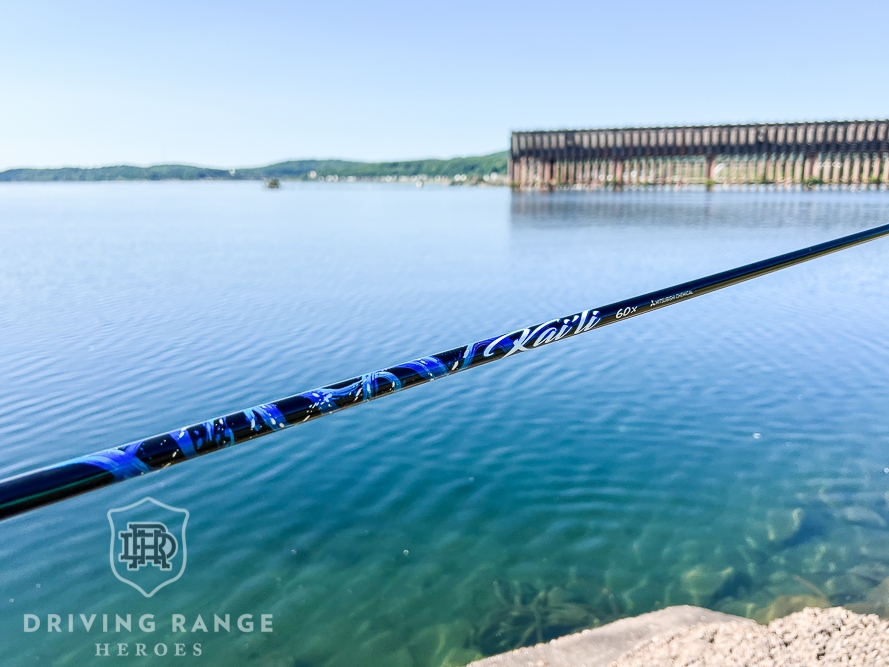
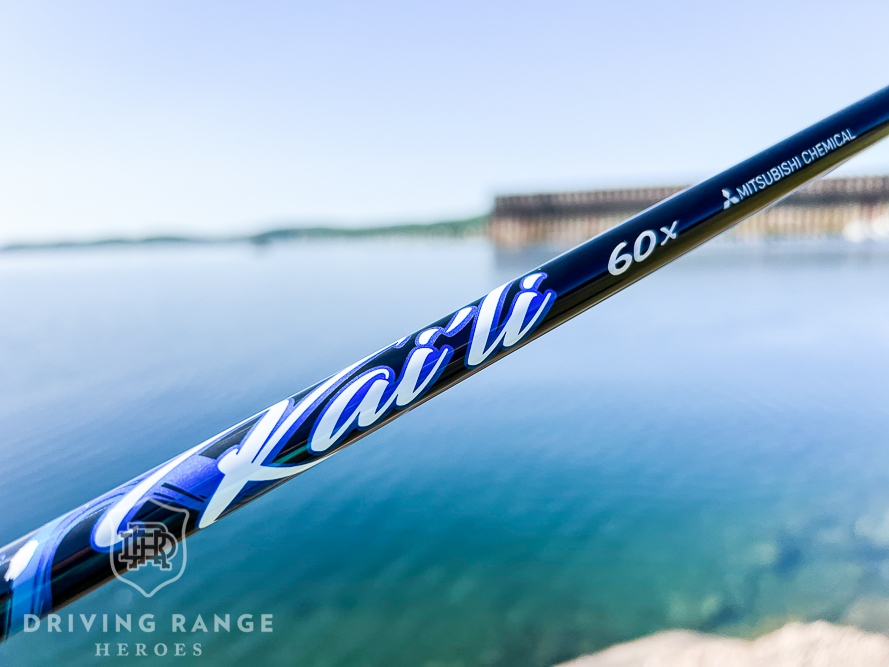
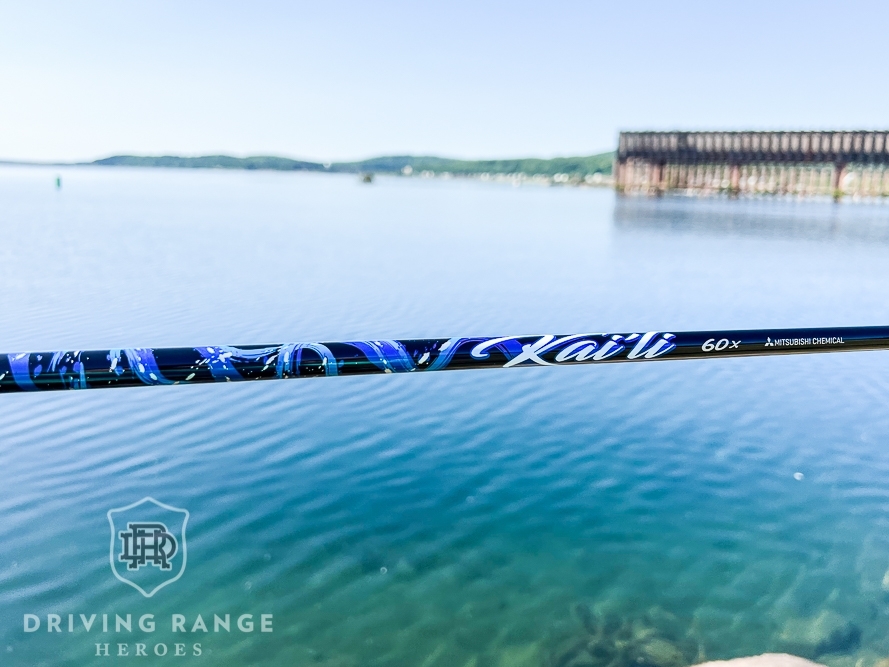

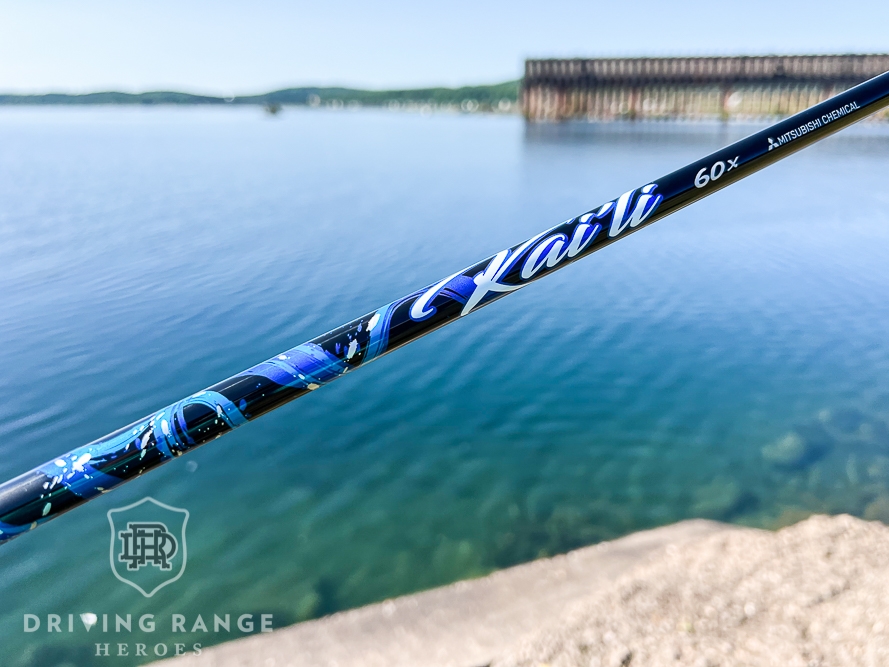

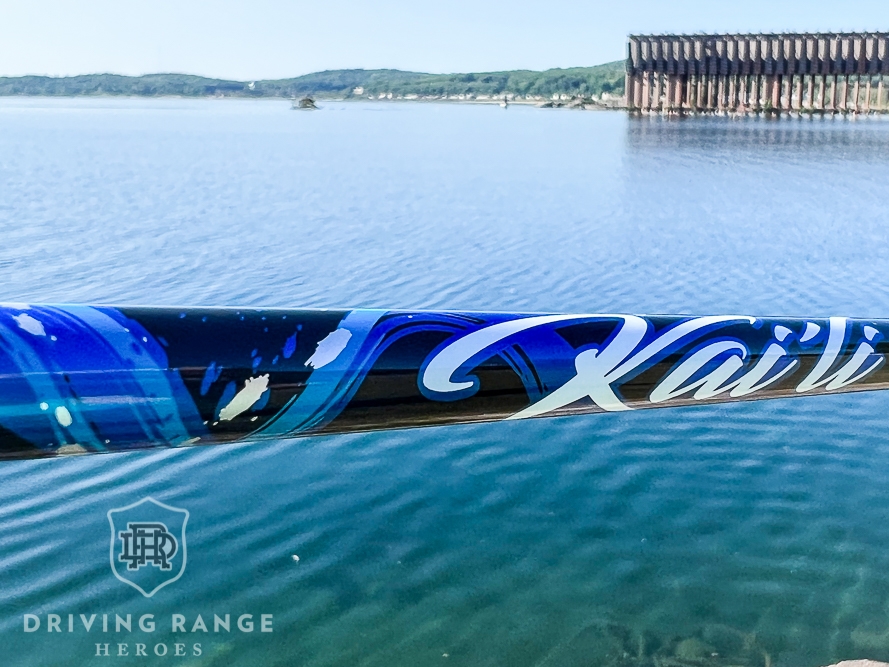
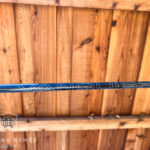

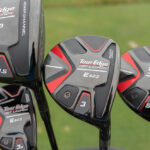
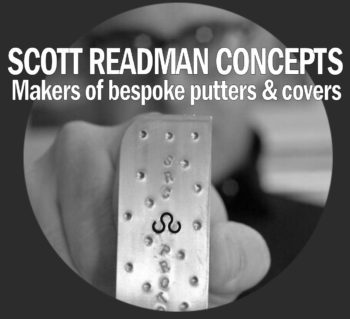











At present I use a Cobra Speed back with a 75 gram shaft but am looking to upgrade to Aerojet, would a 60 Kai’ll Shaft shaft be okay in Regular?
Impossible for me to say, as I’m a mere golf blog guy with no knowledge of your swing. Your professional or a proper fitter would have a better opinion.
I play the Aerojet LS with the Kai’li 60 gram regular and I’m pretty happy with it. The mid-launch is ideal for me but I feel some of the benefits of the low spin head are cancelled out by the shaft’s mid-spin profile. It’s the stock shaft, however, so I’m sure Cobra will have looked at that.
I can’t speak to it’s performance in terms of dispersion as I’m very very accurate off the tee with just about every shaft I’ve ever played – a bad round for me would be 12 of 15 fairways hit. Looking over my stats from my last five rounds with the Kai’li I’m 14/15, 13/15, 13/15, 15/15 and 13/15. I just wish I was 30 yards longer from the tee!
That’s called being worth the money. Keep splitting those fairways!